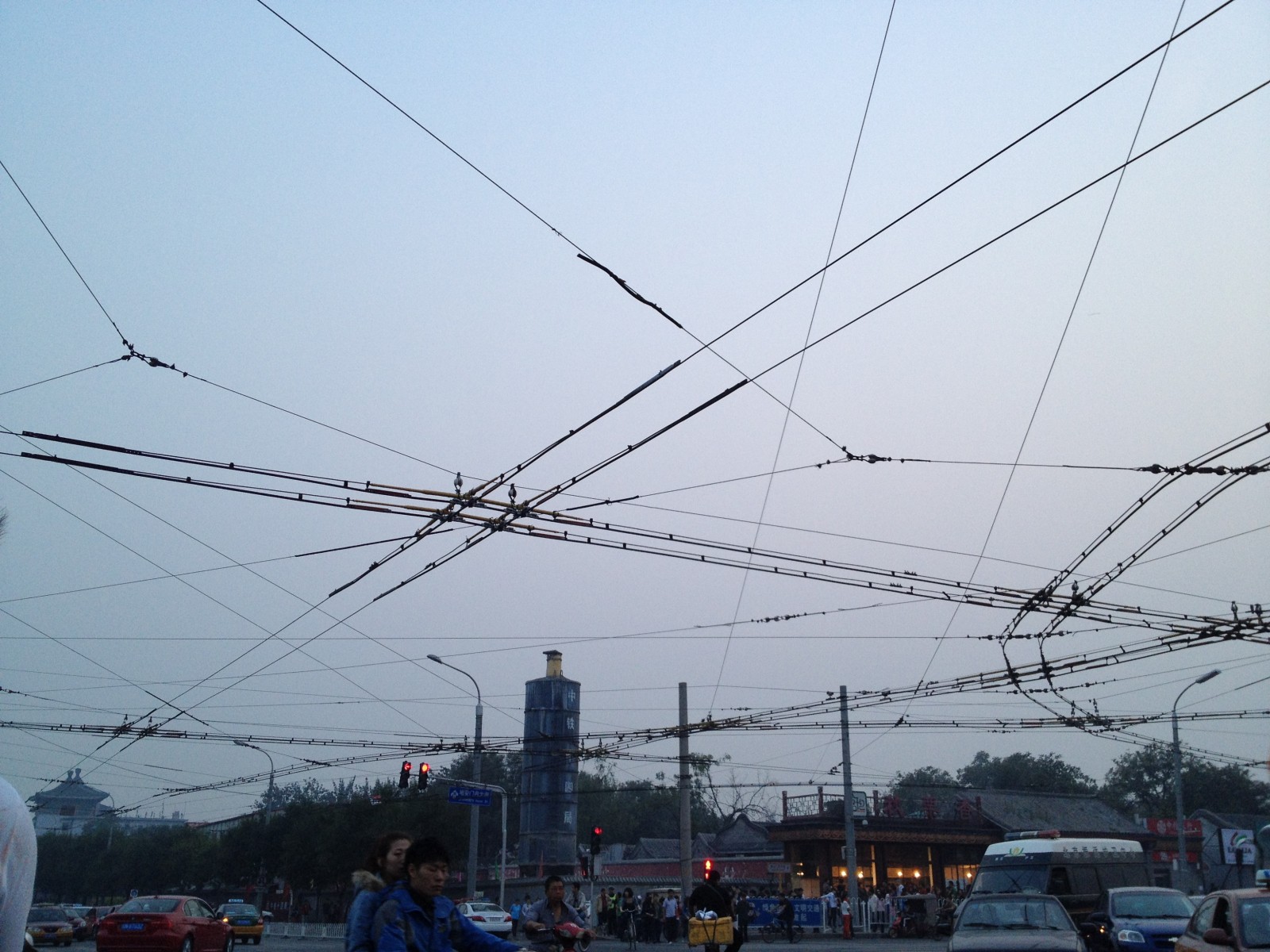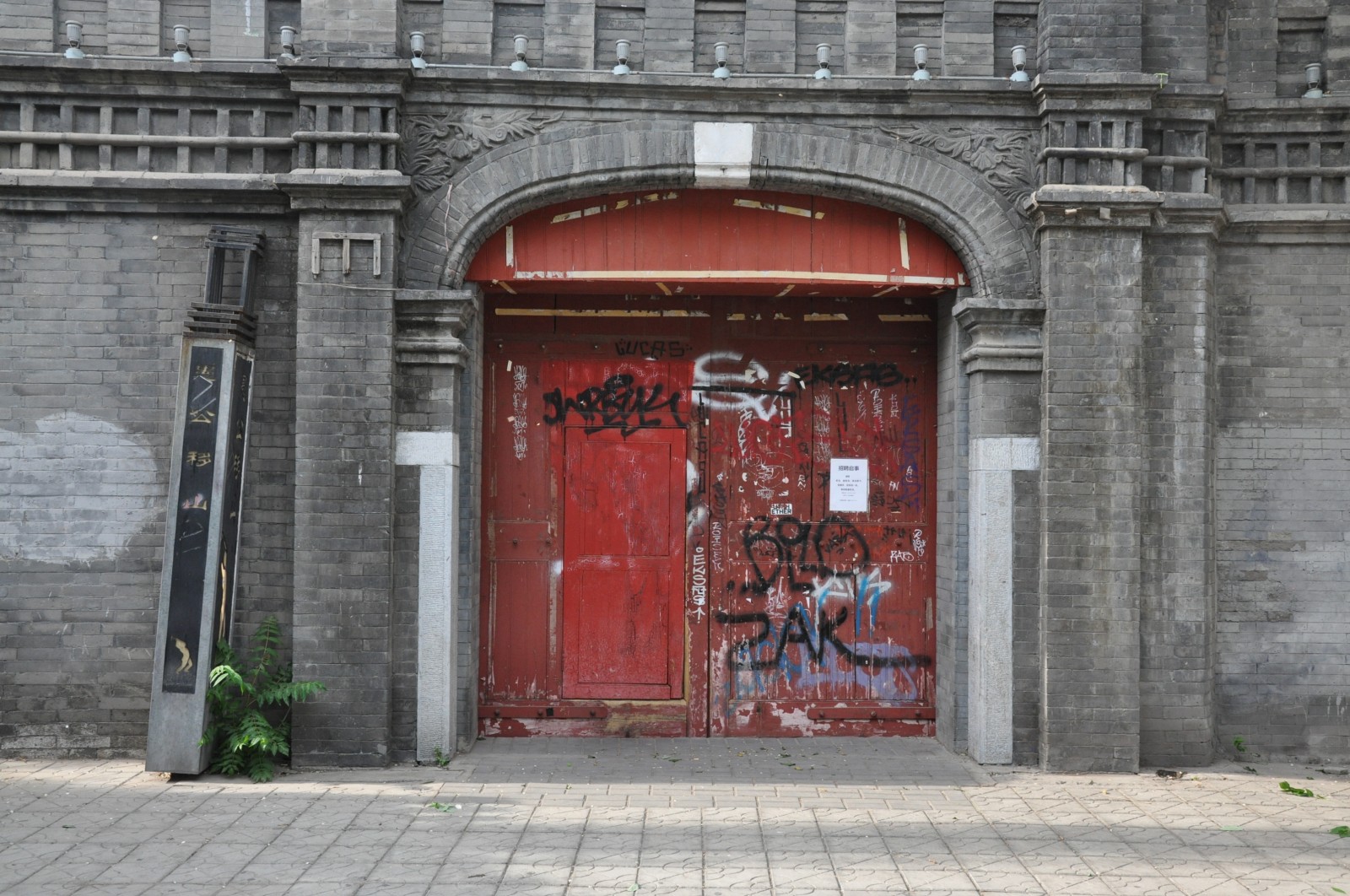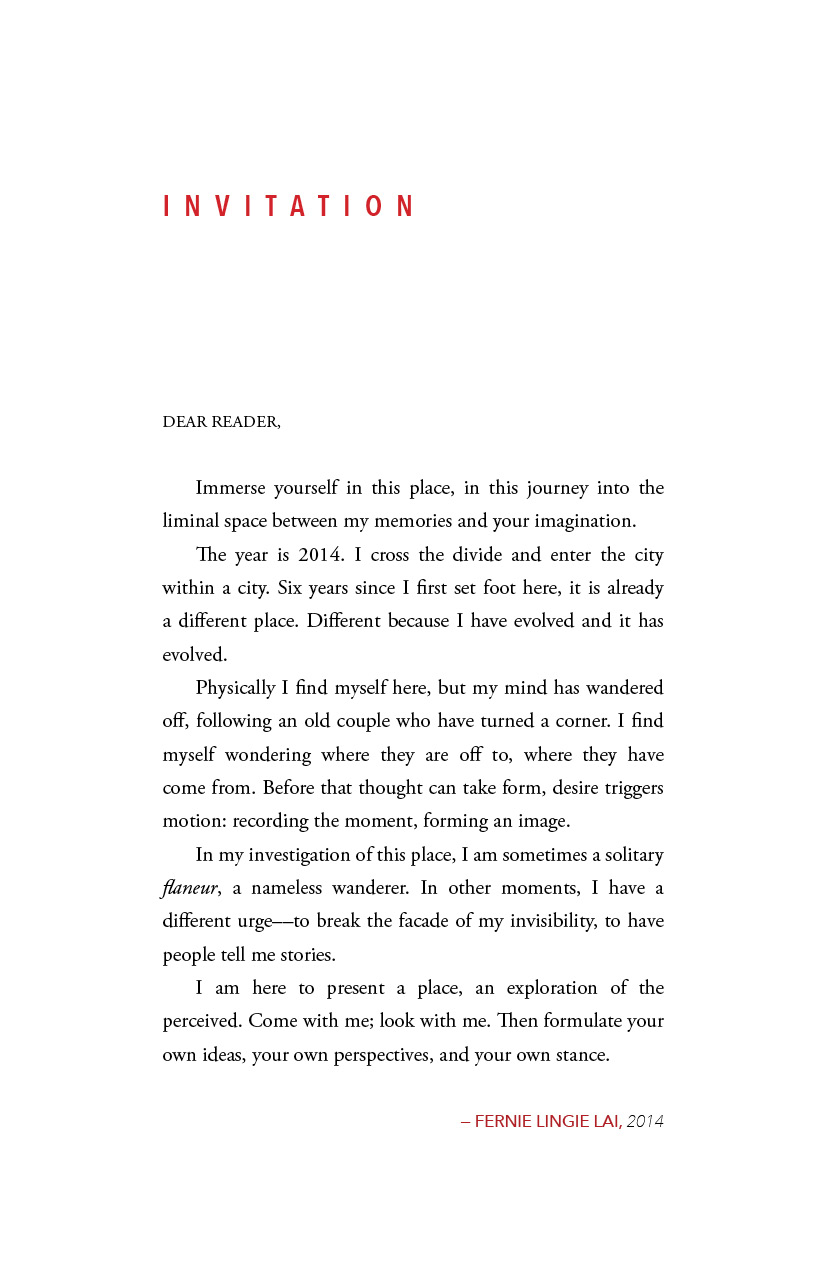Only a living culture, at once faithful to its origins
and ready for creativity on the levels of art, literature,
philosophy, and spirituality, is capable of sustaining the
encounter of other cultures — not merely capable of sustaining
but also of giving meaning to that encounter.— Paul Ricoeur, Ideas in Regionalism
This is a record of a place in flux, the hutongs of Beijing. It is not a complete, measured, well-organized physical record, but a patchwork where the atmosphere and essence of place can be experienced. It is a journey of discovery. It is a document that, in the face of terms such as heritage and preservation, reminds us of the intangible beyond.
The hutongs are a series of alleyways immediately surrounding the Forbidden City. The remnants of old Beijing, they are the geographical heart and center of Beijing’s ever expanding development. As Beijing undergoes a drastic transformation, the hutongs remain in a state of tension: between the old and the new, the large and the small, the imperial and the modern, the power and the people.
The hutongs exist outside of time. They are quiet and calm amid the chaotic life of an urban city. They form a place of escape, a city within a city, a secret garden. Moving through the hutongs, a person needs to constantly navigate boundaries, mediate divides, and cross thresholds.
The Lady in Red observes before thought takes form: the prelude to the formation of an idea that we cannot find time for. The Lady in Red explores encounters with the in-between. The Lady in Red grasps at the invisible threads that weave the fabric of place.




Arriving at each new city, the traveller finds again a past of his
that he did not know he had: the foreignness of what you no
longer are or no longer possess lies in wait for you in foreign,
unpossessed places.— Italo Calvino, Invisible Cities
The Lady in Red: Spirit of the Historic Alleyways in the Ancient Capital
All images by author.
The Thesis Defence Examination will take place
Thursday,
18th December 2014, 10am,
in the loft gallery,
at the University of Waterloo Architecture School (Cambridge),
with Donald McKay;
with Dereck Revington;
with Fiona Lim-Tung.
Come.


Leave a Reply